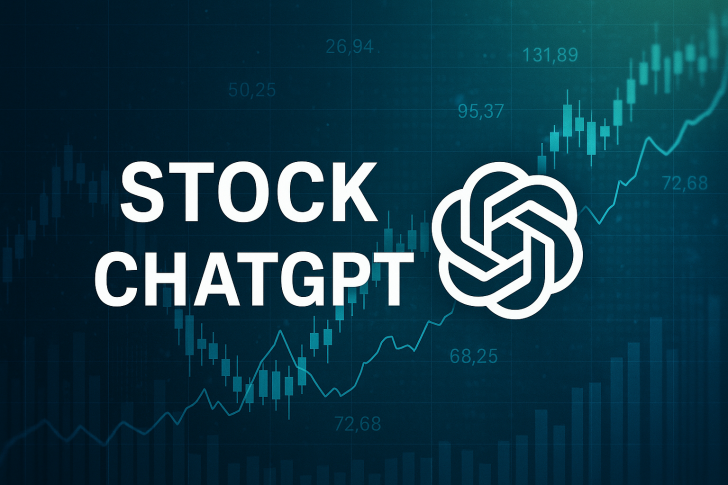Imagine asking the stock market a question and getting a clear answer back. Not wrestling with complex charts or dense reports — just asking. It's caught attention because it hints at something bigger: what if understanding markets could feel as easy as having a conversation?
What Makes It Different
That's the promise behind Stock ChatGPT, an AI tool recently highlighted by James Bond as "your AI that speaks the language of profits." Stock ChatGPT lets you talk to your portfolio the way you'd talk to a friend. Instead of navigating spreadsheets and indicators, you just ask: "How's Tesla doing against its moving averages?" or "What risks is NVIDIA facing?" The AI processes your question and returns insights mixing technical signals, company fundamentals, and market mood — all in plain English.
Why Traders Are Paying Attention
This kind of tool changes the game in a few ways:
- Lowers the bar: You don't need years of chart-reading experience to make sense of what's happening
- Saves time: It scans mountains of data and distills it in seconds
- Gets personal: Answers shift based on what you're asking and what matters to your strategy
Essentially, analysis that used to require expensive platforms or advanced skills becomes available to anyone willing to ask the right questions.
AI is already everywhere in finance — running trading algorithms, catching fraud, predicting trends. Stock ChatGPT pushes further by turning those capabilities into something conversational. But there's a catch. AI can't predict the unpredictable. A sudden geopolitical shock, an unexpected policy shift, a company scandal — these curveballs still require human instinct and judgment. The tool is powerful, but it's not a crystal ball.
What Comes Next
If Stock ChatGPT is a sign of where things are headed, we're looking at a future where AI doesn't just crunch numbers in the background — it sits beside you, answering questions in real time. Picture a trading setup where your AI assistant alerts you to sector shifts or earnings surprises through simple dialogue, leaving you free to think about bigger moves. The barrier between data and decision keeps shrinking, and that changes who gets to play the game.
 Peter Smith
Peter Smith

 Peter Smith
Peter Smith


